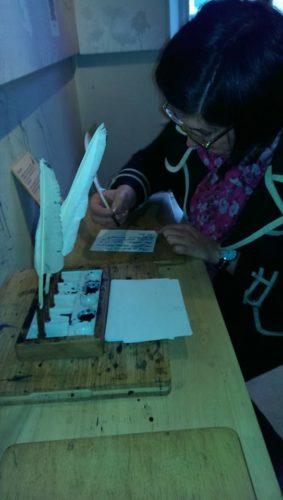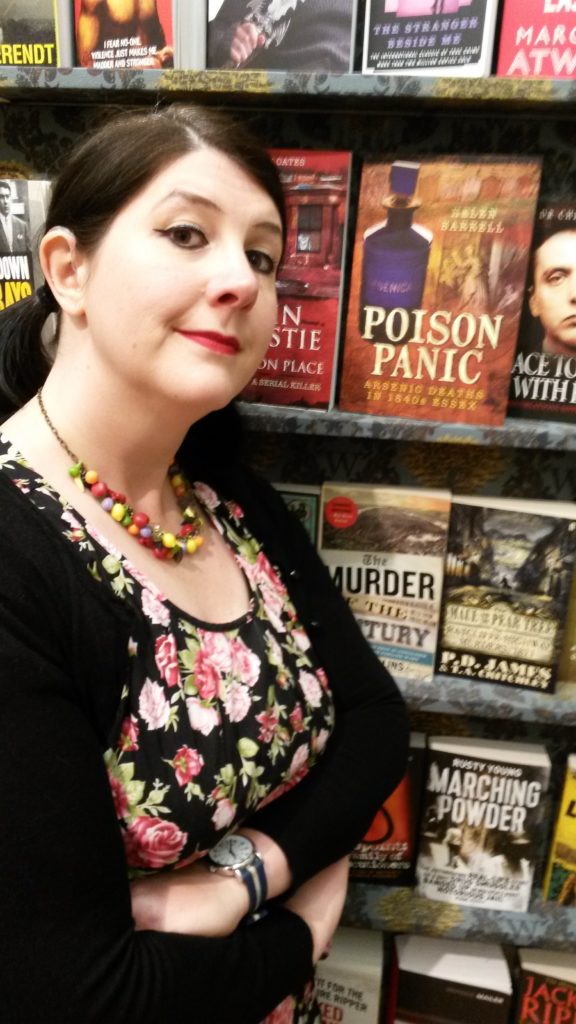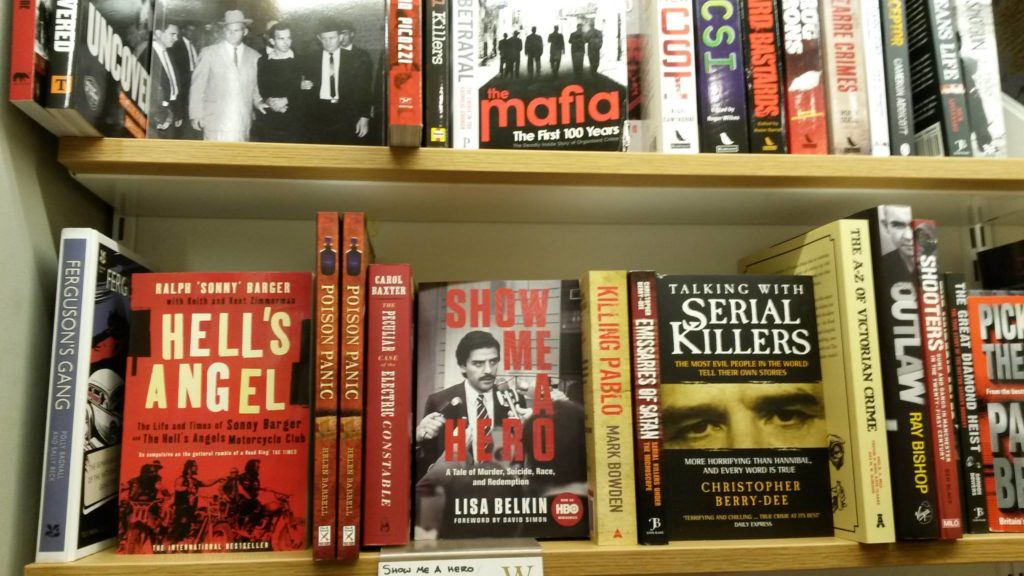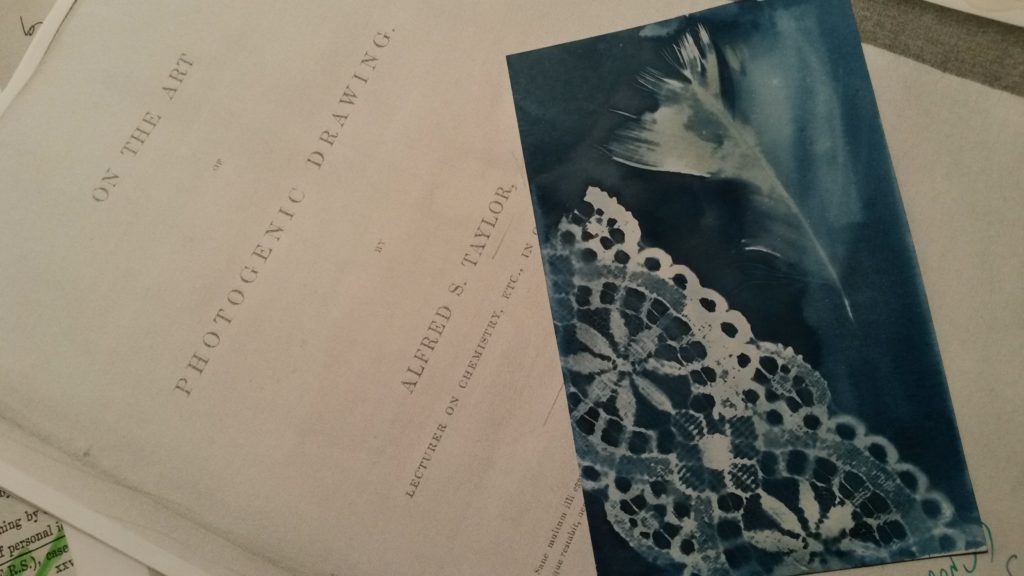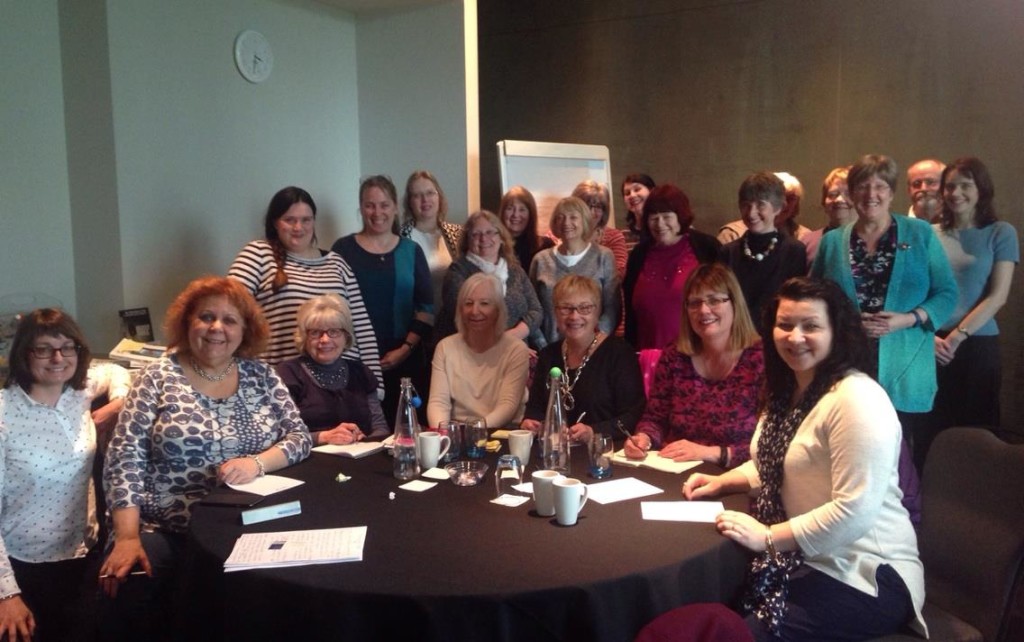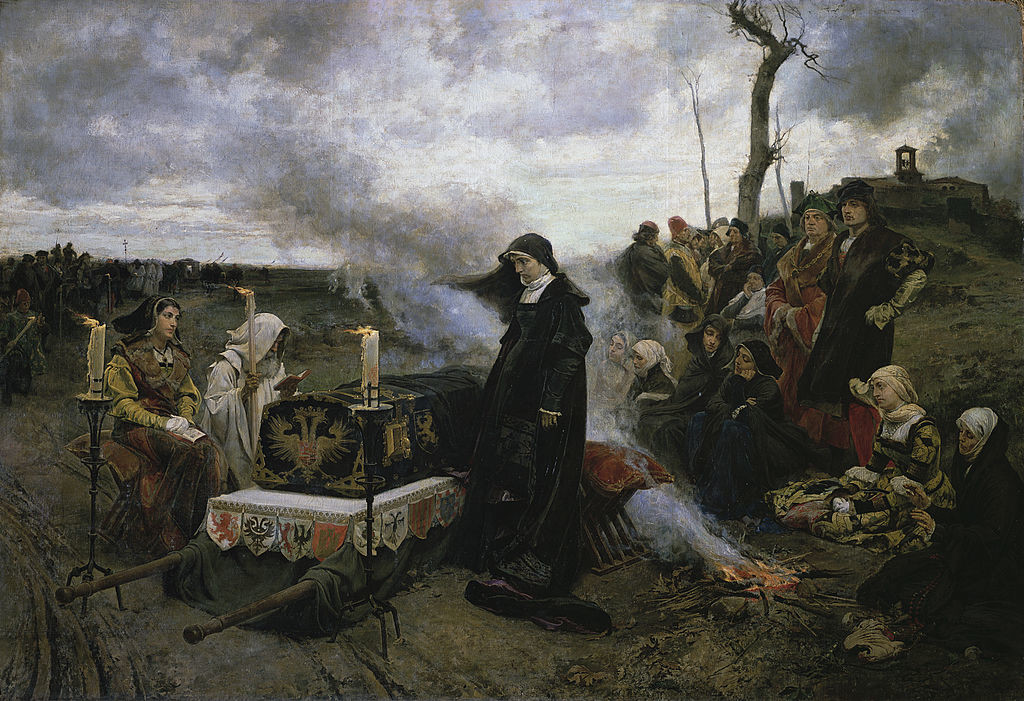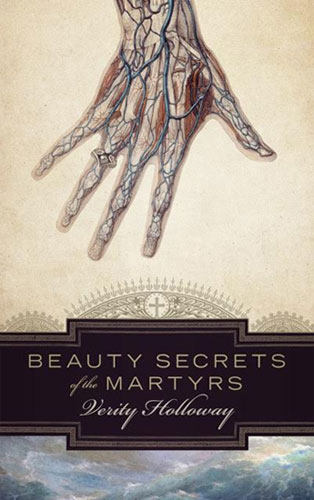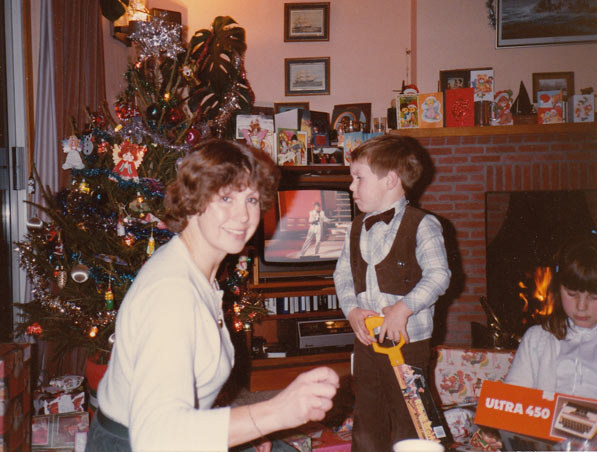One day, Rebecca Rideal wrote a history book, intended for the general, non-academic reader. You know the type – the sort of person who is interested in history, wants to know about the world they live in and what shaped it, but doesn’t want, isn’t interested in, perhaps hasn’t had the sort of education where they can handle, a dry academic monograph. We should be glad – after all, back in January, we were told that ‘Popular history writing remains a male preserve.’ Good ol’ Rebecca, doing her bit to redress the gender imbalance!
Rideal was interviewed in The Guardian, and The Guardian pulled out some exciting-sounding quotes, because, well, it’s a newspaper, and that’s what they do. Especially now that online newspapers are obsessed with lacing their bylines with as much clickbait as possible. ‘The time of the grand histories is coming to an end,’ Rideal declared. It’s a headline that makes people sit up and take notice, and sit up and take notice, they most certainly did! The Guardian is no doubt raking in much advertising from Rideal’s interview, but unfortunately for Rideal…. well…. Some people on Twitter got upset.[1]It’ll be a cold day in Hell when I’m able to say 5 minutes have gone past without some people on Twitter not being upset about something, but there we are.
Footnotes
| ↑1 | It’ll be a cold day in Hell when I’m able to say 5 minutes have gone past without some people on Twitter not being upset about something, but there we are. |
|---|
